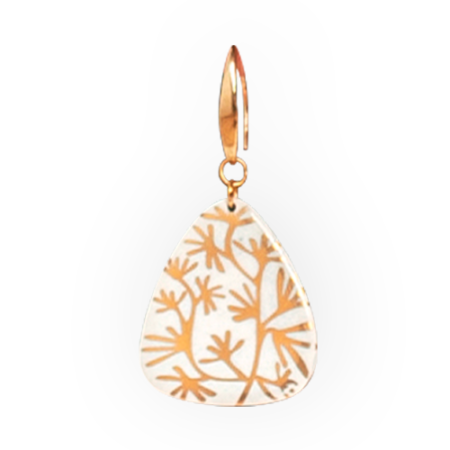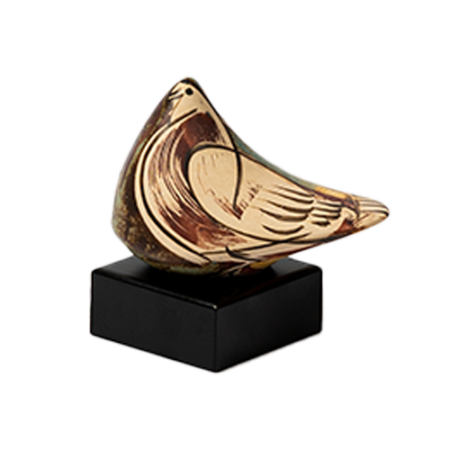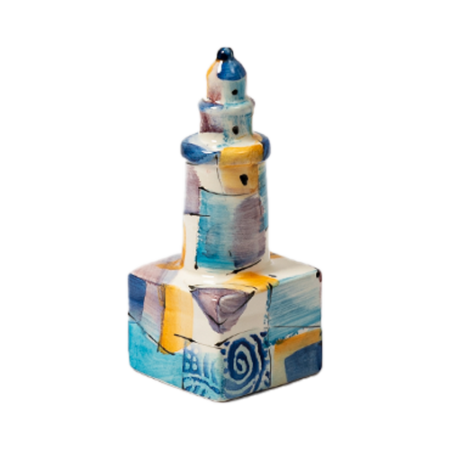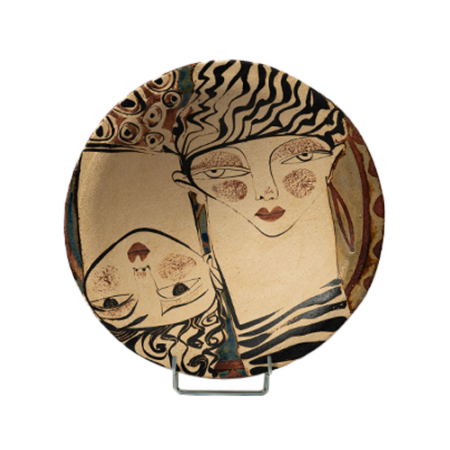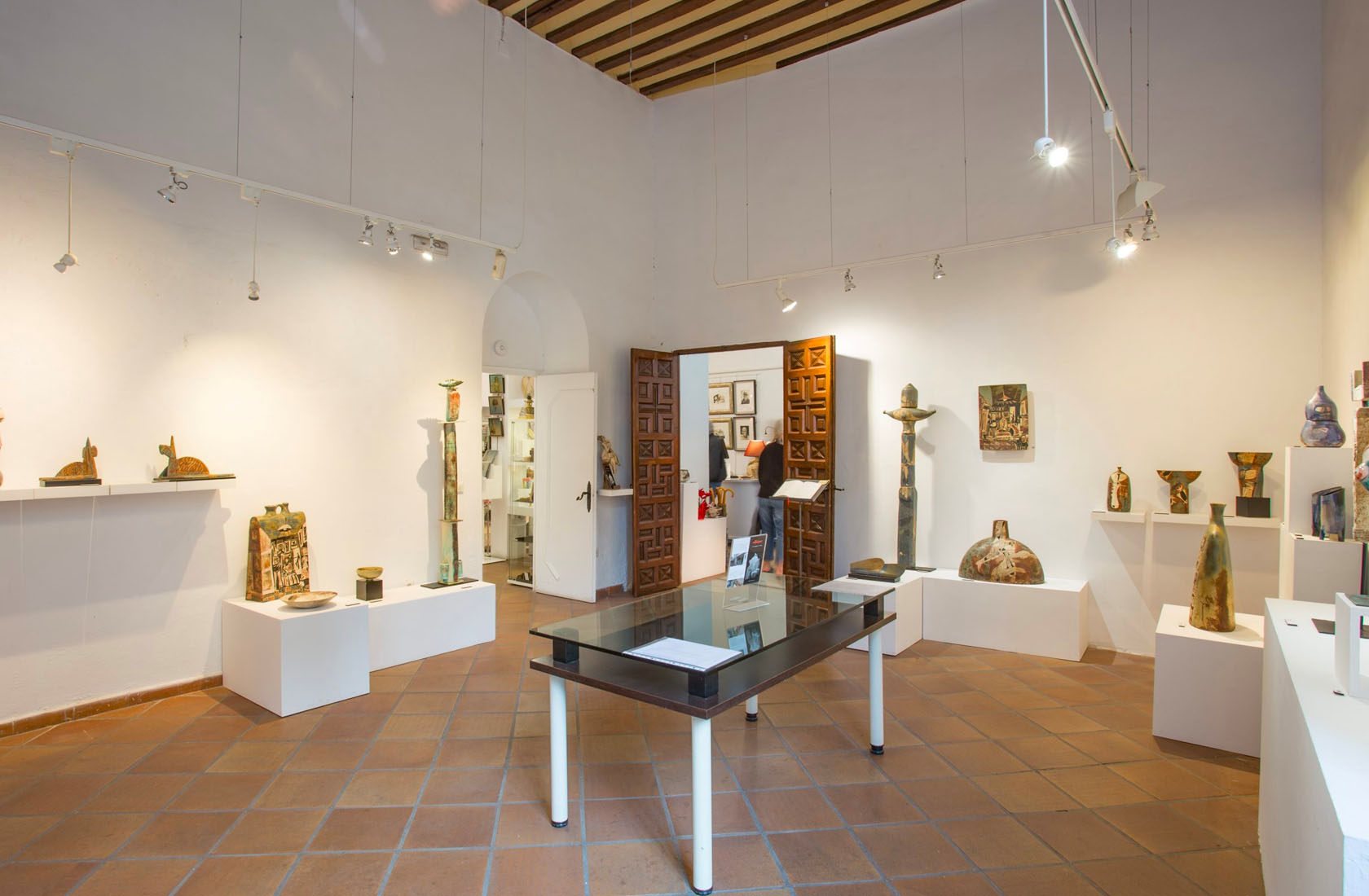Molina works with pastel colors and figures that become increasingly simpler, but no less recognizable. He likes the harmony of colors and softness in these, but he also plays with textures, using the spatula a lot to create reliefs. He is inspired by the sea of his hometown, by coastal spaces, markets and stalls, reflections and symmetries to create his paintings. He takes photographs and then simplifies them, giving them his own style.
There is nothing strident in José Manuel Molina’s the painting. The magnetism of his work is based on a subtle combination of contrasts contained within a range of similar chromatic nuances, preferably cold, complemented by some note of warm color that acts as a center of visual attraction. This chromatic approach evokes a Mediterranean environment although always filtered by a rigor in moderation in tone and chromatic saturation.
The execution of his painting is manifested in almost flat chromatic islands, treated with a spatula, with material generosity and with a contained vigor as if he wanted to hide the graphic gesture, although his “calligraphy” is evident when proposing a visual journey that incites an exhaustive inspection of the work.
His compositions, although moving in the field of figuration, owe more to a concern for rhythm, tensions, measured contrasts and balance, than to an approximation to visual reality. In that sense, he does not hesitate to represent fragmented objects, sometimes almost unrecognizable. He is more interested in the impact that a fragment of a ship or building produces in an area of his composition than in the realistic description of the object itself. In other words, his work is conceived within the field of abstraction, although he uses figurative references, perhaps as a strategy of initial approach to the spectator, as a wink of complicity that helps the spectator position himself before the unpublished work.
Based on what has been described so far, and taking into account that in José Manuel Molina’s painting the subjective and emotional aspects predominate more than the objective ones, it would be appropriate to classify him within expressionism, although the coherence and originality of his style make any attempt to pigeonhole him within a certain trend risky.
Jose Angel Ruiz (painter)
J.M. Molina Castro questions the act of seeing, unlearns it to relearn it, thus placing himself in the moments prior to when we all agreed to call reality what was represented before our eyes.
Thus, to deal with matter in its most varied forms, with chance, with technique and with history, the artist, Molina Castro, strips his gaze of unnecessary ornaments, prejudices, and superfluous fashions in order to be able to look as he does and that we can all learn from it.
Joaquín Nebro (2012)
Born in Torre del Mar, José Manuel Molina had it very clear from a young age that his dream was to be a painter, and he has achieved it with the support of his mother. But he has also studied Fine Arts in Seville, enamel on metal in Valencia, he has done ceramics, fashion design, advertising drawing and decoration. He has received several painting prizes, such as Álora Prize or Caja Rural Prize of Seville. His paintings have reached the United States, the Netherlands and many others countries. He has met great artists like Antonio López, who has made him grow and become known, but he has always remained humble and basing his work on his love for art.


